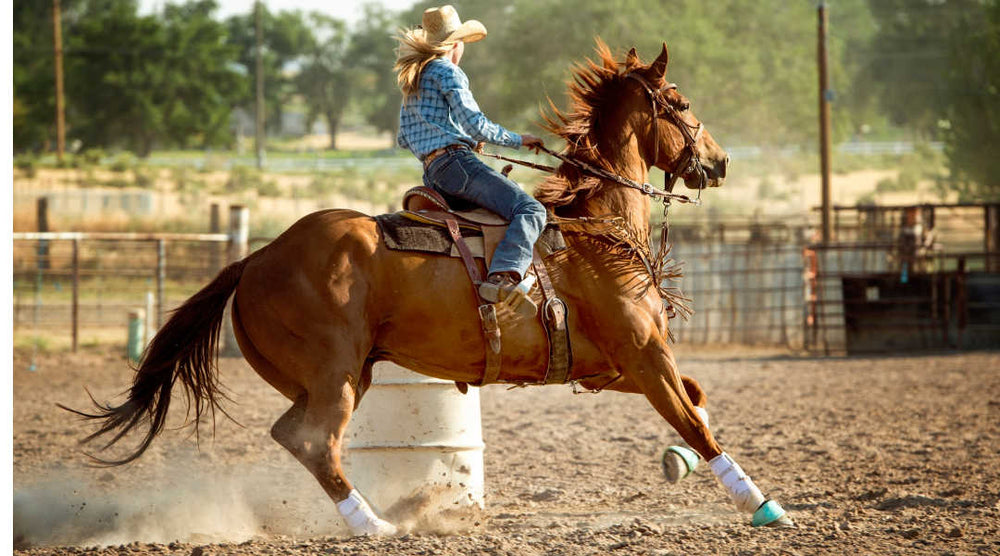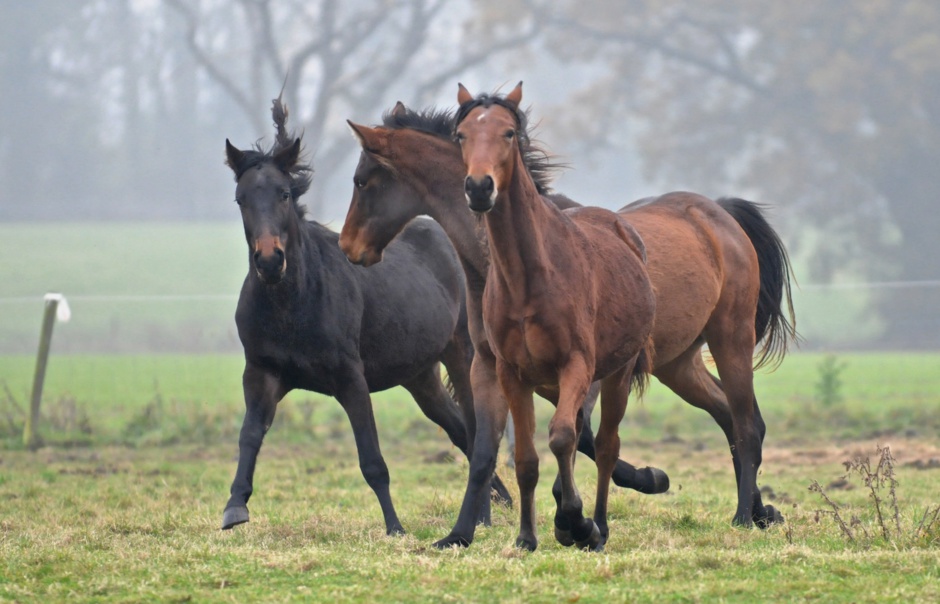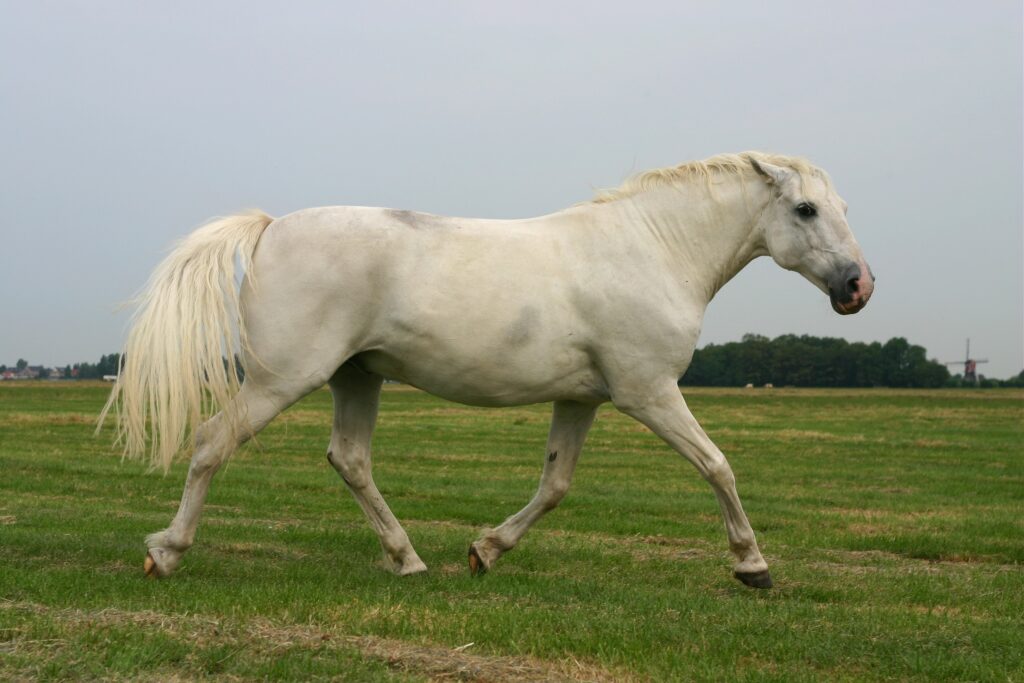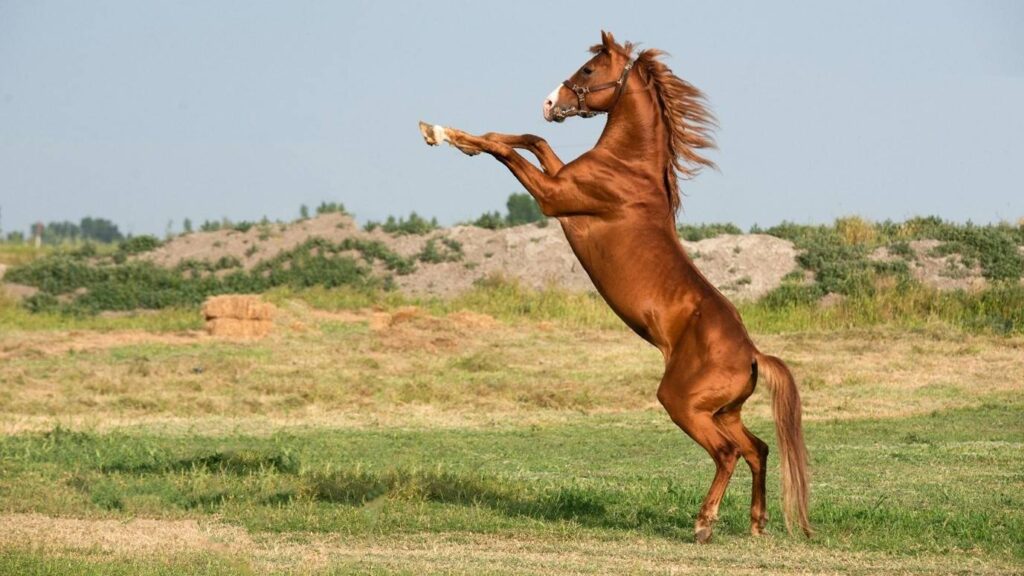Training a horse to stand still is a fundamental skill for every equestrian. Whether you’re a beginner or an experienced rider, mastering this skill can enhance the relationship you have with your horse. In this guide, we’ll explore how to train a horse to stand still, ensuring your equine friend remains calm and composed in various situations.
Understanding the importance of teaching your horse to stand still is crucial. It not only contributes to the safety and comfort of both horse and rider but also establishes a foundation for more advanced training. In the following sections, we will delve into the step-by-step process, the necessary groundwork, and the common challenges you may face along the way.

The Importance of Training a Horse to Stand Still
Standing still is not just about physical stillness; it’s about mental calmness. When a horse learns to stand still, it reflects their trust in you and their environment. This skill is essential for grooming, tacking up, and mounting, as well as for ensuring the horse’s overall safety.
Preparing Your Horse for Training
Before starting the training, ensure that your horse is comfortable and relaxed. Choose a quiet environment free of distractions. This could be a paddock or a calm area in the barn. Equip yourself with the necessary tools, such as a lead rope and a halter.
- Use a lead rope for better control.
- Ensure the halter fits well and is comfortable for the horse.
Groundwork: The Foundation of Training
Groundwork is critical when teaching your horse to stand still. Start with basic commands and gradually introduce more complex tasks. Groundwork exercises are essential for building trust and communication between you and your horse.
Step-by-Step Process to Train Your Horse
- Introduce the Concept: Start by leading your horse to a designated spot and use a verbal cue to signal them to stop.
- Reinforce with Rewards: Use treats or gentle pats as positive reinforcement when your horse stands still.
- Practice Regularly: Consistency is key. Regular practice helps reinforce the behavior and makes it a habit.
Common Challenges and How to Overcome Them
Training a horse to stand still can come with its set of challenges. Horses might fidget, move around, or become distracted. Here are some ways to tackle these issues:
- Ensure that your training sessions are not too long to avoid fatigue.
- Gradually increase the duration your horse stands still as they become more comfortable.
- Maintain a calm demeanor to reassure your horse.
Additional Tips for Successful Training
For a more effective training session, consider these additional tips:
- Use a consistent verbal cue for standing still.
- Incorporate basic commands into your training routine.
- Ensure your horse is physically comfortable during training.
The Role of Patience and Consistency
Patience and consistency are vital when training your horse. Every horse learns at their own pace, so it’s important to remain patient and consistent throughout the process.
Why Standing Still Matters in Equestrian Activities
Standing still is a fundamental part of many equestrian activities. It ensures safety during grooming, tacking, and mounting, and contributes to a more enjoyable riding experience.
Building a Stronger Bond with Your Horse
Training a horse to stand still enhances communication and strengthens the bond between you and your horse. It’s an opportunity to build trust and understanding, which are key components of any successful horse-rider relationship.

FAQs
Why won’t my horse stand still?
Horses may not stand still due to anxiety, discomfort, or lack of training. Identifying the root cause can help address the issue effectively.
How long does it take to train a horse to stand still?
The time it takes varies from horse to horse. With consistent practice and positive reinforcement, most horses can learn to stand still within a few weeks.
Can all horses be trained to stand still?
Yes, with patience and the right approach, all horses can be trained to stand still. It’s important to tailor your training methods to suit your horse’s individual needs.
For more insights on horse training, visit Advanced Equine for expert tips and advice.
This article contains affiliate links. We may earn a commission at no extra cost to you.







